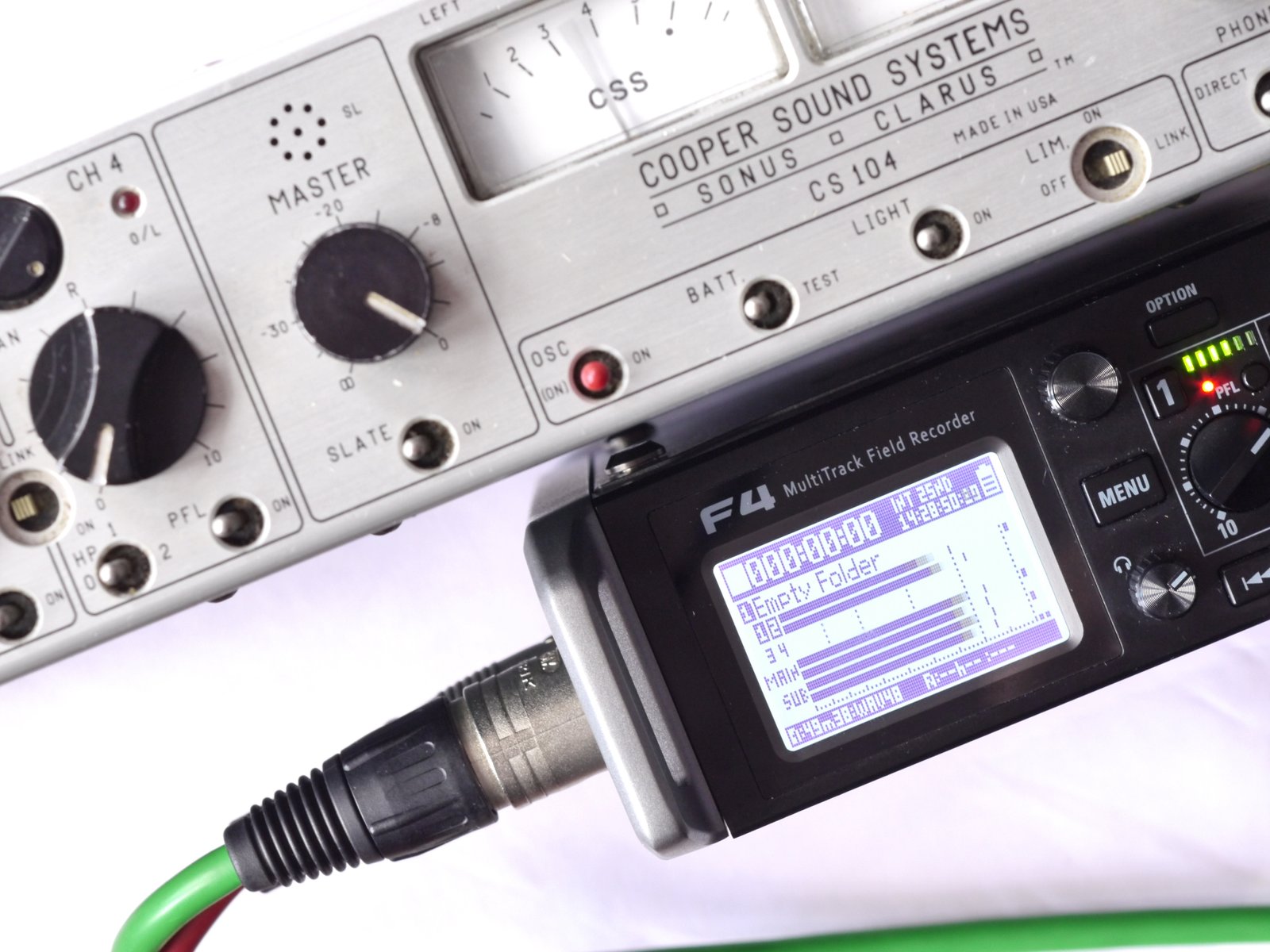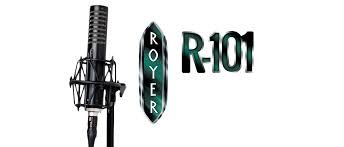How many ribbon mics does it take to equip a simple interview studio? It’s not a trick question – well, not really. Most ribbon mics have a figure-ofeight response (STC 4033A anyone?), and if you want to record a simple one-plus-one you can get away with one mic and a bit of careful mic placement. In fact I remember Roger Derry telling the story of doing a Desert Island Discs session, struggling to get a balance between Roy Plomley and the guest until eventually moving the 4038 ribbon to the perfect ‘Desert Island Discs position’, et voila – the sound magically materialised. I doubt Kirsty Young is sitting opposite a 4038, but while ribbons have taken a back seat in many places for the last 20 years they are very definitely back. You can hardly open the pages of an audio technology magazine without reading a news item about a new ribbon. One of the major players in this ribbon renaissance is Royer Labs, based in Burbank, California. What a great address. And now Royer has launched a new affordable model, the R-101. Beauty Or Beast?
Naming your product R-101 is always a little brave. In the States, 101 has connotations of introductory, or making a start. Which in a way the R-101 is: it forms an introduction to the Royer Labs range. However, in the UK the number 101 has been imbued with a sinister undertone ever since George Orwell placed our worst fears in Room 101. So, a foundational starting point or the embodiment of your darkest nightmares, which is it to be? Playing Away From Home With a quiet Christmas on the cards I sent the Royers over to Nic Palmer (who has a new studio project, Stir 2, underway even as we speak). Nic had a Radio 1 session and the chance to deploy some ribbons. To be honest, I was lucky to get them back. Nic had some female vocals to cover and the R-101 proved more of a PhD than a fresher. Nic loved the sound, enthusing about the `liquid quality’ of the top end. I pressed him about the polar diagram – after all, you are going to get more of the room with a figure-of-eight than you would with a cardioid. When I put that as a possible problem to Nic he neatly replied, “it depends on how good your room sounds”. Which of course is also true. A popular theory is that Orwell based his own 101 creation on a BBC conference room – I know the feeling. Don’t Stop Till You Get Enough I was browsing the Royer website when I came upon an interesting clip featuring five-time Grammy award winning engineer Bruce Swedien, in which he describes recording the percussion for Don’t Stop Till You Get Enough. No surprise there – maybe ribbons are well used on brass and guitars for instance. But no, Bruce was digging out his ribbons to cover the distinctive percussion sound on the track. And he wasn’t using ribbons over condensers because of any shortage in his mic cupboard, no – Bruce had his reasons. When it comes to recording the Jacksons hitting bottles with mallets, condensers would more accurately track the waveform attack and therefore limit the amount of level Bruce could get to tape: cue the ribbons. And who am I to argue with the guy who engineered Thriller? Now all I needed was some percussion. Working In Mysterious Ways And in for a session comes Welsh singer songwriter Pete Lawrie (check out Pete’s stand-out track from last year How Could I Complain?). And Pete was rocking up with his right hand man Elliott who was bringing ‘percussion’ – as it turned out a cajon and a pedal-powered tambourine. Royer 101 between the cajon and the pedal, and another on Pete’s acoustic guitar. Add a couple of Neuman TLM 103s for vocals and we were good to go. The Royers worked a treat. The R-101 on the guitar managed to sound big, bold, and oozing warm th without feeling at all overblown. Ribbons in days of old struggled for top (and bottom) end, and the 4038 used mechanical resonance to overcome this. The Royer’s top is gloriously smooth and uncoloured without any signs of peakiness or brittleness. I could have used a bit more gloss on the guitar but I was very happy to EQ that in. Down at the bottom of the Cajon the Royer’s naturalness and freedom from boominess are big plusses for me.
th without feeling at all overblown. Ribbons in days of old struggled for top (and bottom) end, and the 4038 used mechanical resonance to overcome this. The Royer’s top is gloriously smooth and uncoloured without any signs of peakiness or brittleness. I could have used a bit more gloss on the guitar but I was very happy to EQ that in. Down at the bottom of the Cajon the Royer’s naturalness and freedom from boominess are big plusses for me.
If you want primal thump then this probably isn’t the mic for you, but I found the freedom from low waffle very refreshing. Pete did a couple of his own tracks and a glorious cover of To Love Somebody. And the tambourine had a joyous clarity and sheen that brought a smile to my face.
Final Thoughts A ribbon is not for everyone – you have to be careful about phantom power, physical handling, and a Royer is neither petitely discrete nor cheap as chips. I find its neutrality a thing of beauty and I agree with Nic that this is a mic that those lucky enough to own will find themselves using on just about every session they do. I love the R-101, Nic loves the R-101. Hey, even Winston Smith loves the R-101.


